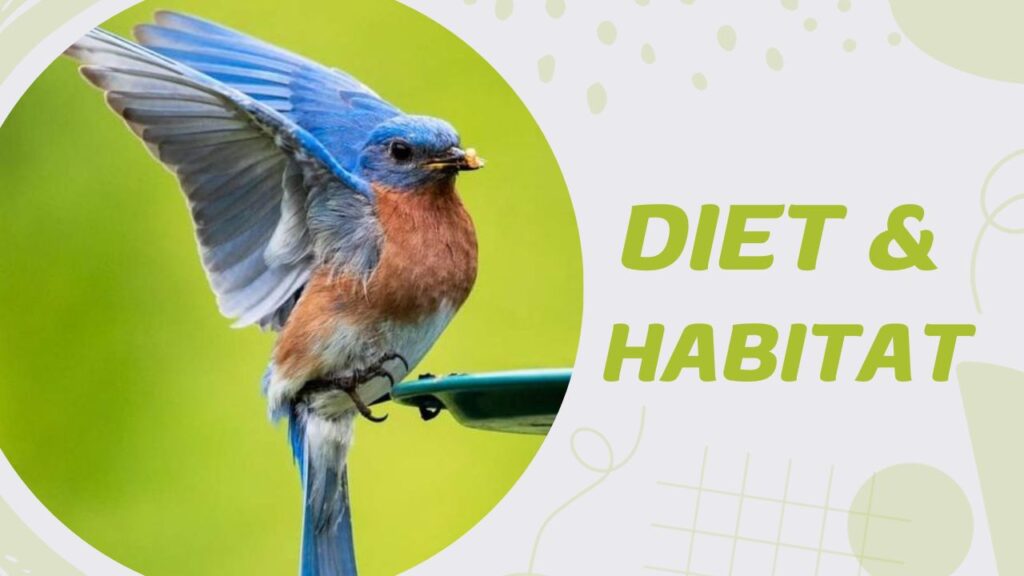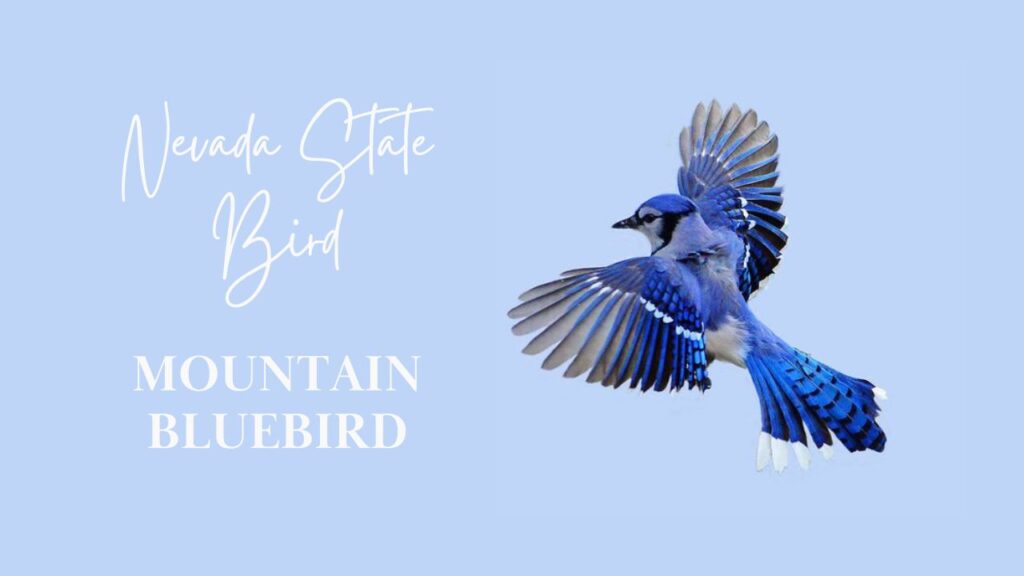Introduction
The state bird of Nevada, the hill bluebird (Sialia currucoides), is a small, vivid songbird belonging to North America. Its striking blue tuft and melodic, warbling song make it a joy to experience. Furthermore, mountain bluebirds play an essential duty in controlling insect populaces, making them a valuable possession to human communities.
Appearance and Habitat
Hill bluebirds have to do with 6.5 inches long and have a wingspan of about 11 inches. Men are brilliant turquoise-blue with a white tummy and shiners. Adult ladies have duller blue wings and tail, with a grey bust, crown, throat, and back. Both sexes have a long, slim bill that is made use of for foraging for pests.
Hill bluebirds are found in open environments, such as meadows, meadows, and forests. They choose areas with scattered trees and hedges, where they can nest and perch. Hill bluebirds are likewise found in hill areas, where they nest at altitudes approximately 10,000 feet.
Diet and Behavior

Mountain bluebirds mostly feed on bugs, making them insectivores. They have a diverse insect diet plan, that includes beetles, caterpillars, and grasshoppers. Additionally, mountain bluebirds occasionally consume berries and seeds.
Mountain bluebirds are social birds and are frequently seen in pairs or flocks. They are energetic throughout the day and spend most of their time foraging for food. Hill bluebirds are also recognized to be territorial and will certainly protect their nesting location from other birds.
Reproduction
From April to July, hill bluebirds take part in breeding activities. They construct their nests inside tree dental caries, which can be old woodpecker holes or specifically made nest boxes. The female mountain bluebird is in charge of constructing the nest and laying 4-6 eggs that are blue in color.
On the other hand, the male hill bluebird tackles the function of incubating the eggs and helping in feeding the newly hatched out chicks. After an incubation duration of around 13 days, the juvenile hill bluebirds emerge from their nest and depart around 18 days later on. They will certainly remain among their moms and dads for a number of weeks following their separation from the nest, till they achieve self-reliance.
Conservation Status
The mountain bluebird is an abundant bird in Nevada, nevertheless, its numbers have actually decreased in the past couple of years. This can be attributed to numerous reasons, such as the loss of their natural environment, making use of pesticides, and the rivalry with other bird varieties.
Today, the mountain bluebird holds the status of being a varieties of least concern according to the International Union for Conservation of Nature (IUCN). However, it continues to be important to continually observe the population of mountain bluebirds and apply measures to guard their natural environment.
How to Attract Mountain Bluebirds to Your Yard

There are a number of things that you can do to attract mountain bluebirds to your yard:
- Give nesting websites. Mountain bluebirds nest in dental caries in trees, so you can attract them to your yard by installing nest boxes. Nest boxes ought to be placed in open locations, such as fields or woodlands. Plant native plants.
- Native plants provide food and shelter for mountain bluebirds and various other wild animals. Prevent utilizing chemicals.
- Pesticides can damage mountain bluebirds and other birds. Provide a water source.
- Hill bluebirds need water to consume alcohol and to bathe in. You can offer a water source by setting up a birdbath or by keeping a superficial meal of water in your lawn.
Conclusion
Securing the mountain bluebird and its environment is essential for the bird’s continued prosperity and is a considerable element of preserving Nevada’s all-natural heritage. By taking proper procedures, we can secure this amazing bird and its setting, making certain that it remains an essential element of the state’s wild animals for years to find.

In addition to the information above, here are some other interesting facts about the mountain bluebird:
- Mountain bluebirds are monogamous, meaning that they mate for life.
- Mountain bluebirds are outstanding leaflets and can take a trip cross countries during migration.
- Hill bluebirds are recognized to sing their songs throughout the year, also in winter season.
- Mountain bluebirds are a prominent subject of bird digital photography and art.
The mountain bluebird is a special bird that is beloved by many Nevadans. It is a symbol of the state’s natural beauty and its commitment to conservation.
